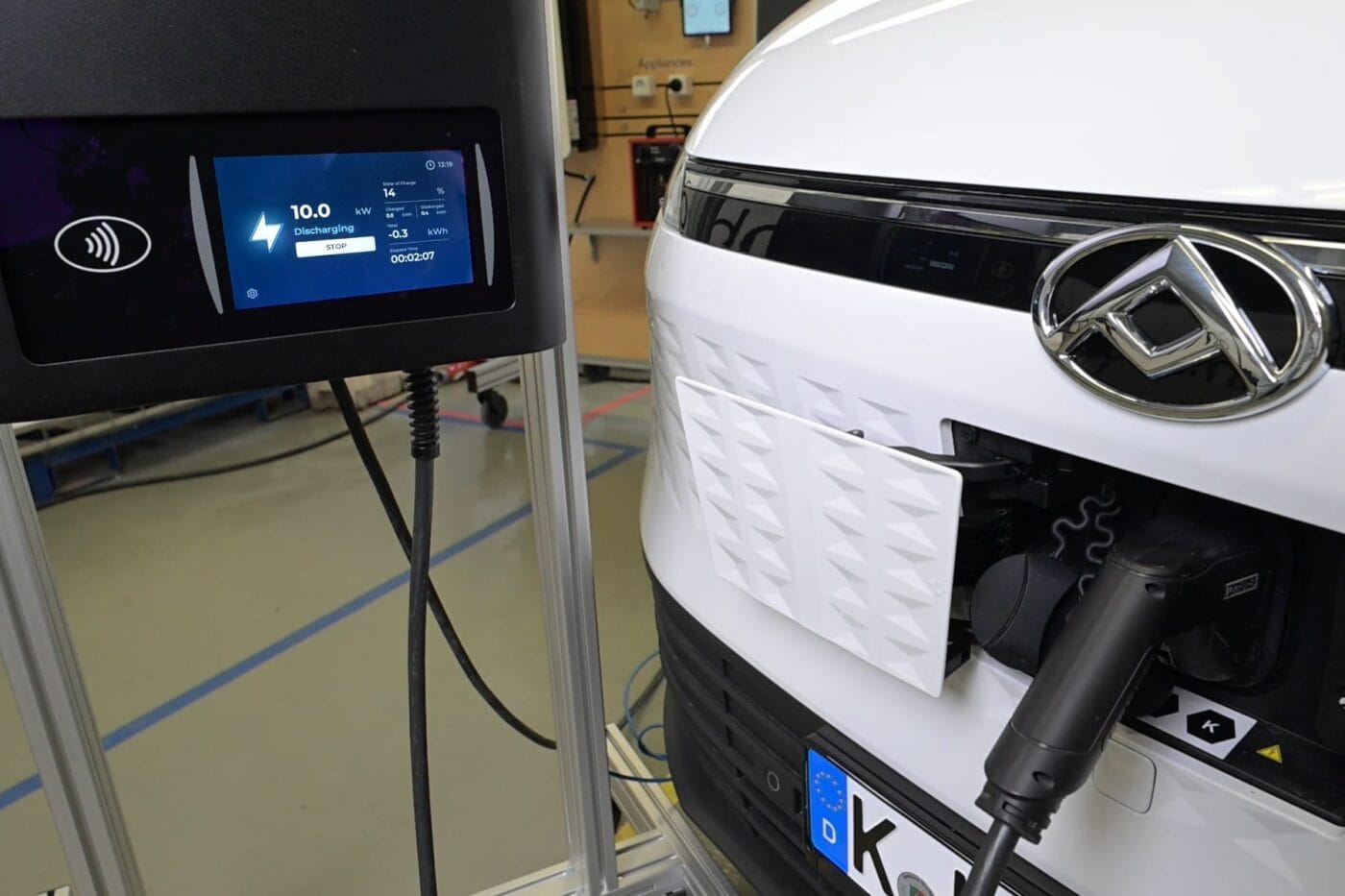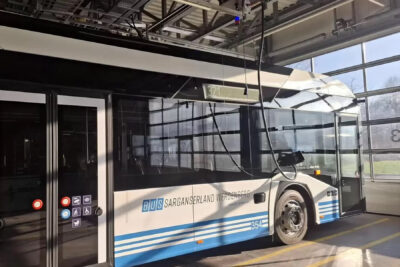Maxus tests bidirectional charging and plans market launch
Electric cars should not only absorb electricity, but also be able to supply it to buildings (V2H) or even to the public power grid (V2G) as required. For this to be possible, it is not enough for the respective electric vehicle to technically support this function. A suitable charging station is also required.
Ambibox already offers such a ‘certified, compatible charger according to the DC standard’ with 22 kW charging power. The wallbox supports voltages of up to 800 volts and a maximum DC output current of 70 amps. In cooperation with Ambibox, the Chinese manufacturer Maxus has successfully tested bidirectional charging with the eDeliver 5, eDeliver 7 AWD and the eTerron 9. The Euniq 6, Mifa 9, electric pickup T90 EV, eDeliver 3, eDeliver 9 and the two front-wheel drive versions of the eDeliver 7 are not currently suitable for this.
Customer approval for “bidirectional charging with a certified charger is currently in preparation.” “Maxus is working flat out on the market launch of this technology in Europe and plans to offer its customers real added value in the future through intelligent, bidirectional charging solutions,” the SAIC brand announced. However, there is no information on prices, nor information on when this will happen.
In any case, the regulatory framework conditions for bidirectional charging are not only different in the EU member states. This also applies throughout Europe. For example, the V2G offer in France, which was launched by Renault’s subsidiary Mobilize and The Mobility House, has been ready for the market since the end of last year. The function is due to be introduced in the UK in 2025. In Germany, however, the introduction is still proving difficult. The reasons given by The Mobility House include the lack of supporting regulation, the expansion of smart meters and digitalisation.
Bidirectional charging played a particularly important role at the leading charging infrastructure trade fair Power2Drive, recently held in Munich, where the technical possibilities were demonstrated. Electrive reporter Carla Westerheide interviewed Michael Rahi, Senior Innovation Manager at E.ON Group Innovation, about the state of the art and the prospects in Germany and beyond.
Source: info via email, prezly.com (in German)





0 Comments